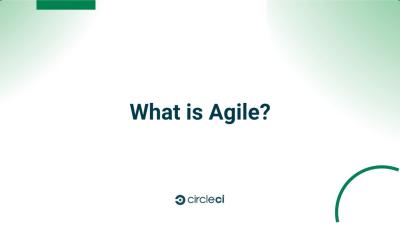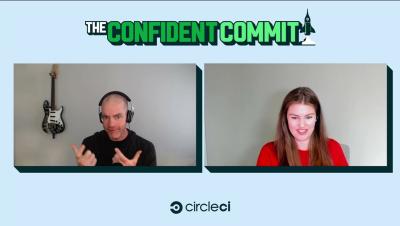Operations | Monitoring | ITSM | DevOps | Cloud
CircleCI
Test-driven development (TDD) explained
What's in store for AI in 2024 with Patrick Debois
Prompt engineering: A guide to improving LLM performance
Prompt engineering is the practice of crafting input queries or instructions to elicit more accurate and desirable outputs from large language models (LLMs). It is a crucial skill for working with artificial intelligence (AI) applications, helping developers achieve better results from language models. Prompt engineering involves strategically shaping input prompts, exploring the nuances of language, and experimenting with diverse prompts to fine-tune model output and address potential biases.
What is Agile?
How to use IFTTT to trigger a pipeline from your phone | CircleCI webhooks
To learn more about inbound webhooks, visit: https://circleci.com/docs/triggers-overview/#trigger-a-pipeline-from-an-inbound-webhook
Testing a PyTorch machine learning model with pytest and CircleCI
PyTorch is an open-source machine learning (ML) framework that accelerates the path from research prototyping to production deployment. You can work with PyTorch using regular Python without delving into the underlying native C++ code. It contains a full toolkit for building production-worthy ML applications, including layers for deep neural networks, activation functions and optimizers. It also has associated libraries for computer vision and natural language processing.











